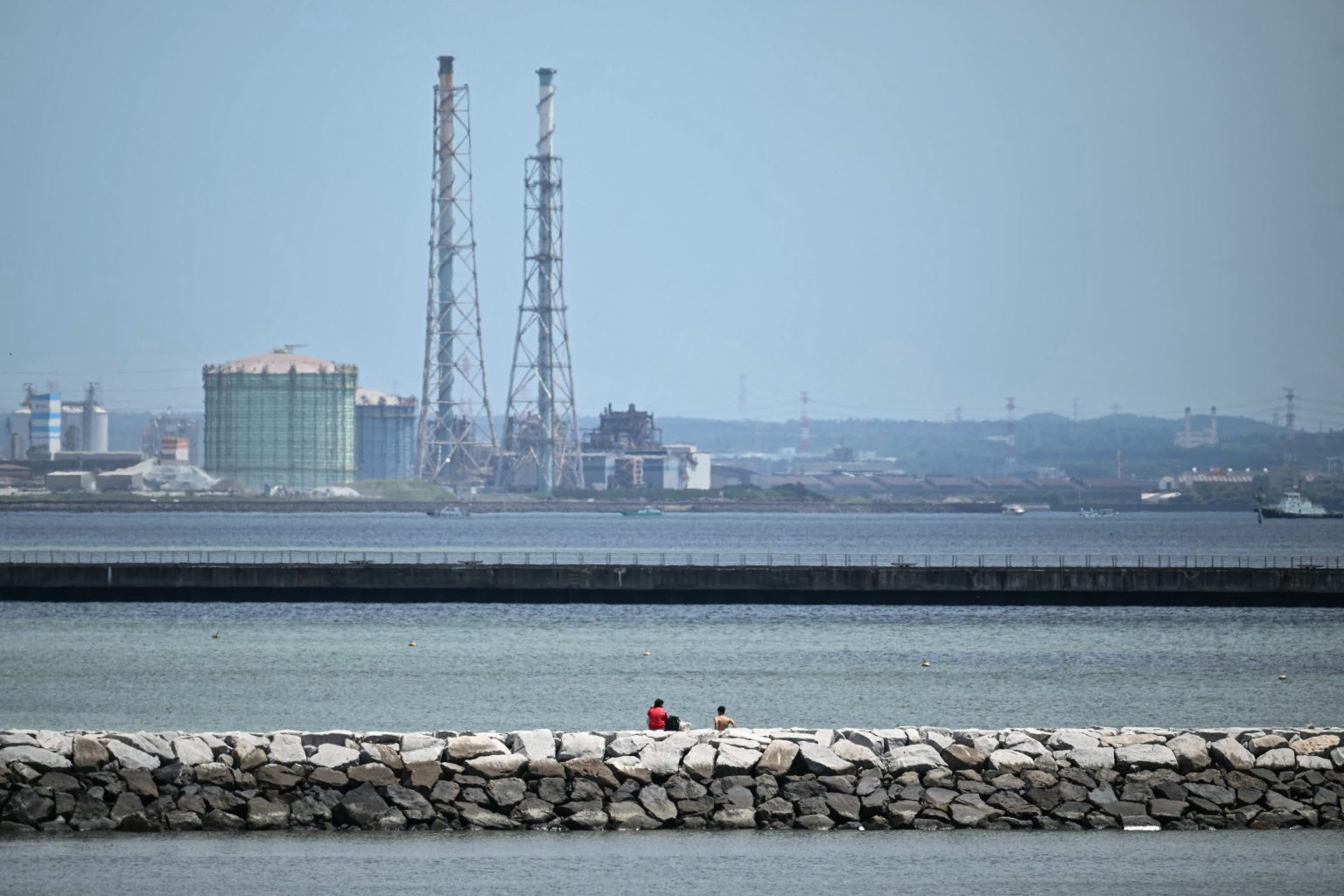Russia’s 7.4 Magnitude Earthquake: Echoes of Summer’s Seismic Events
The recent 7.4 magnitude earthquake that struck off Russia’s Kamchatka coast has reignited concerns across the Pacific region about potential tsunami threats. According to the U.S. Geological Survey (USGS), the earthquake occurred Friday night, approximately 10:30 p.m. ET (or 2:37:54 UTC), with its epicenter located more than 69 miles east of Petropavlovsk-Kamchatsky, Russia. The seismic event registered at a depth of 39 kilometers, adding to its significance in a region already sensitized to geological activity following a larger sequence of earthquakes this summer. While the immediate response involved regional monitoring systems activating to assess potential dangers, this event serves as a powerful reminder of the geological volatility characterizing the Pacific Ring of Fire, where approximately 90% of the world’s earthquakes occur due to the continuous movement and friction between tectonic plates.
This latest earthquake bears striking similarities to the summer’s seismic events in the same region, which had more severe consequences and triggered widespread tsunami alerts across Japan and other Pacific coastal areas. In July, an 8.7 magnitude earthquake prompted Japanese authorities to issue emergency evacuation orders for coastal communities, creating scenes of urgency as people sought higher ground. The photograph accompanying the report—showing two individuals sitting on a breakwater in Tokyo Bay during those July tsunami alerts—captures the strange juxtaposition of everyday life continuing against the backdrop of potential natural disaster. These recurring seismic events in the Russia-Japan region highlight the complex relationship coastal populations maintain with their geologically active surroundings—a mix of vigilance, adaptation, and occasionally, a seemingly casual acceptance of living with natural threats.
The Kamchatka Peninsula, where this earthquake centered, represents one of Earth’s most seismically active regions, forming part of the notorious Pacific Ring of Fire. This horseshoe-shaped belt of intense geological activity encircles much of the Pacific Ocean and is responsible for approximately 90% of the world’s earthquakes and 75% of its volcanoes. The peninsula itself hosts over 160 volcanoes, with about 29 considered active, creating a landscape shaped by constant geological forces. When earthquakes of significant magnitude occur in this region, they trigger a complex international monitoring system designed to provide early warnings about potential tsunami threats—a sophisticated network born from historical disasters that have claimed thousands of lives across Pacific nations. The earthquake monitoring and tsunami warning systems represent one of the world’s most extensive international cooperation networks for natural disaster prevention, connecting scientific agencies across dozens of countries despite political differences.
For the residents of Petropavlovsk-Kamchatsky, Russia’s easternmost significant city and the urban center closest to this earthquake’s epicenter, such seismic events are an accepted part of daily life. The city, home to approximately 180,000 people, was built with earthquakes in mind, with many structures designed to withstand significant seismic activity. Local emergency protocols have been refined through decades of experience, with citizens trained from childhood on proper earthquake response procedures. Despite the frequency of earthquakes in the region, each significant event still brings moments of genuine fear and uncertainty, particularly when they reach magnitudes capable of causing structural damage or triggering tsunamis. For these communities, the minutes following a strong earthquake involve a practiced but tense routine of checking news sources, contacting loved ones, and waiting for official assessments about tsunami risks—a stress-filled period that residents of more geologically stable regions might find difficult to comprehend.
Beyond the immediate concerns about physical safety, these recurring earthquakes have profound economic and psychological impacts on affected communities. Fishing industries—vital to many coastal economies around the Pacific—must regularly contend with disruptions from tsunami warnings, sometimes forcing entire fleets to remain in harbor or quickly seek deeper waters. Tourism, another economic mainstay for many Pacific coastal regions, can suffer temporary but significant downturns following high-profile seismic events, even when no actual damage occurs. Psychologically, living with the constant possibility of earthquakes and tsunamis creates a unique resilience among affected populations, but also a background level of stress that researchers have documented as affecting everything from sleep patterns to long-term mental health. Children growing up in these regions incorporate earthquake drills and tsunami evacuation routes into their understanding of normal life, a reality that shapes their worldview in subtle but profound ways.
The international response to these seismic events demonstrates both the strengths and limitations of global cooperation in the face of natural threats. Within minutes of the USGS detecting this 7.4 magnitude earthquake, monitoring centers across the Pacific began assessing potential tsunami risks, sharing data across international boundaries regardless of political tensions. This cooperation represents one of humanity’s more impressive achievements—a recognition that geological forces pay no attention to human borders or conflicts. Yet challenges remain in ensuring warnings reach all vulnerable populations quickly, particularly in remote areas or regions with limited communications infrastructure. As climate change potentially influences oceanic conditions, some research suggests tsunami behavior might become less predictable, adding another layer of complexity to already challenging prediction models. What remains certain is that as long as tectonic plates continue their eternal dance along the Pacific Ring of Fire, communities from Russia’s Kamchatka to Japan, Alaska, and Chile will continue developing their shared expertise in living alongside one of nature’s most powerful expressions of geological force.


